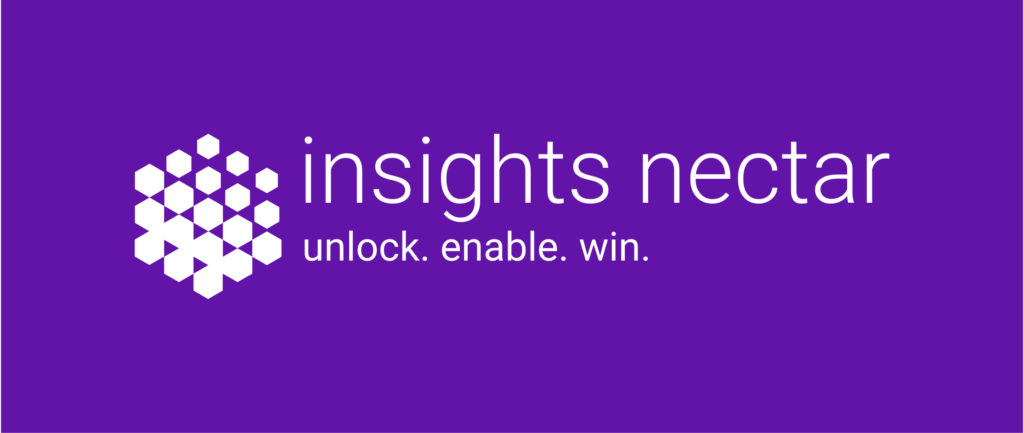CSAT is tired… it’s everywhere… is it time to let it retire?
What is CSAT?
CSAT is a common acronym for Customer Satisfaction in the CX or Customer Experience space. Think about the 5-point star rating you see on every product listed on Amazon, every restaurant on Google Maps, that notification ping you get after hopping off any rideshare, and part of every survey you get when you check out of a hotel.
Organizations use it to determine performance and use it in modeling to predict and forecast churn. Departments and teams often offer compensation and bonuses based on CSAT metrics to encourage teams to go above and beyond for the people they serve.
Understanding CSAT
from the customer experience perspective:
As a customer, depending on the extent the experience had on you, you may feel generous enough to leave a comment or a review with it.
If you are thrilled and feel they went above and beyond, you may want to reciprocate and do what you can to ensure that is recognized.
If you are disappointed or feel exploited, you may want to seek justice and do what you can to taste a little vengeance.
Author’s note: Sure, maybe “vengeance” is a bit dramatic, but I’ve read enough surveys and reviews to recognize some reviewers really are absolutely livid as they fill out their feedback.
And everyone else?
The folks who got what they expected, and feel like the price matched their experience?
They’ll ignore the notification requesting their feedback and move on with their lives, or (spoilers!) they’ll give a scripted and practiced answer to a scripted and practiced question.
… Sometimes.
So what can you do?
There are a few simple ways to inspire folks in the margins to be more thoughtful.
- Align the intensity of your survey with the intensity of the customer’s experience
International cruise lines will get more detailed answers, even with longer surveys, than HVAC filter manufacturers with shorter surveys.
Tip: Streamline your survey down to the actionable essentials - Inspire feedback with novelty
Lazy questions get lazy answers because respondents develop routines for answering common questions. This results in respondents reciprocating the level of effort put into the experience.
Tip: Consider swapping an “Explain your rating” prompt with something more memorable like “How will you remember this experience 5 years from now?” - Make it worth their time
Time is too precious to be wasted. People’s behavior will indicate whether or not they think it’s worth sharing their honest developed feedback. There are plenty of ways to compensate people for their valuable feedback creatively, and it doesn’t always have to come with a hefty incentive budget.
Tip: Consider “closing the loop” and allowing respondents to see how their feedback is driving positive change

This post was written by Kim Larson, Data Scientist and Director of Client Experience at Luminoso.



























